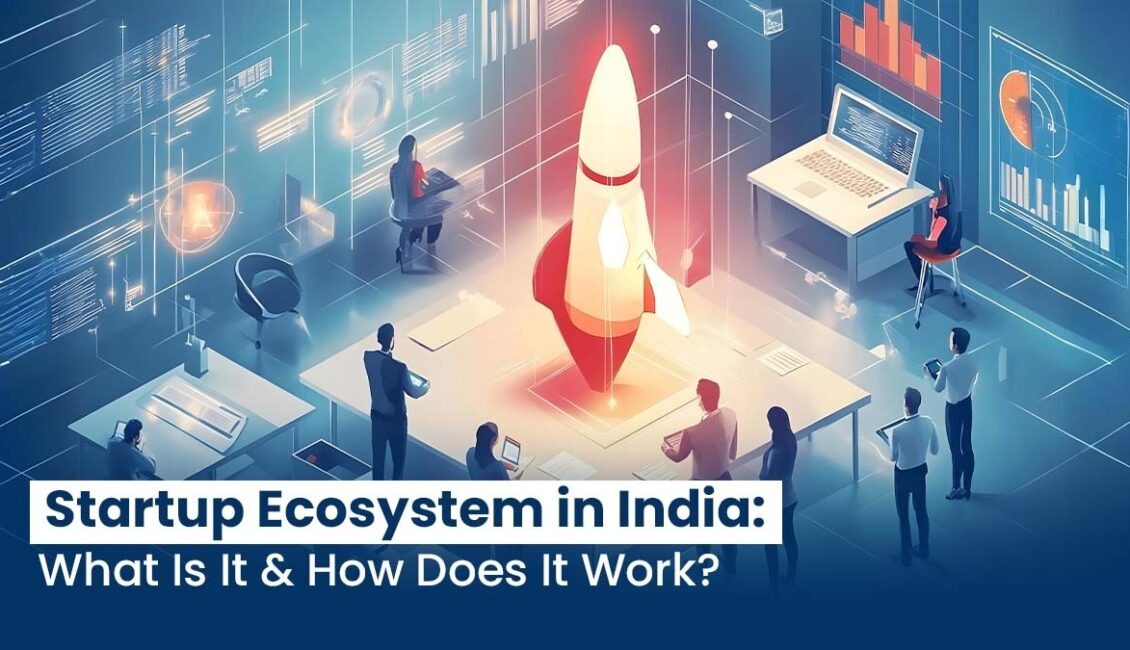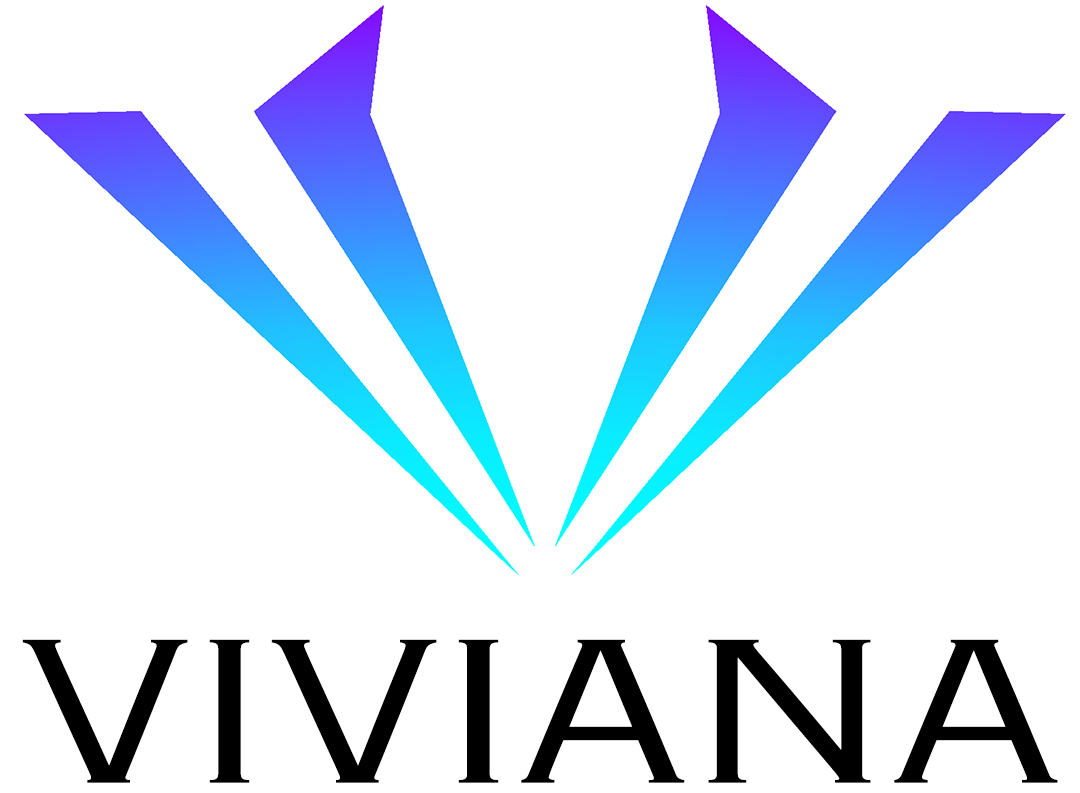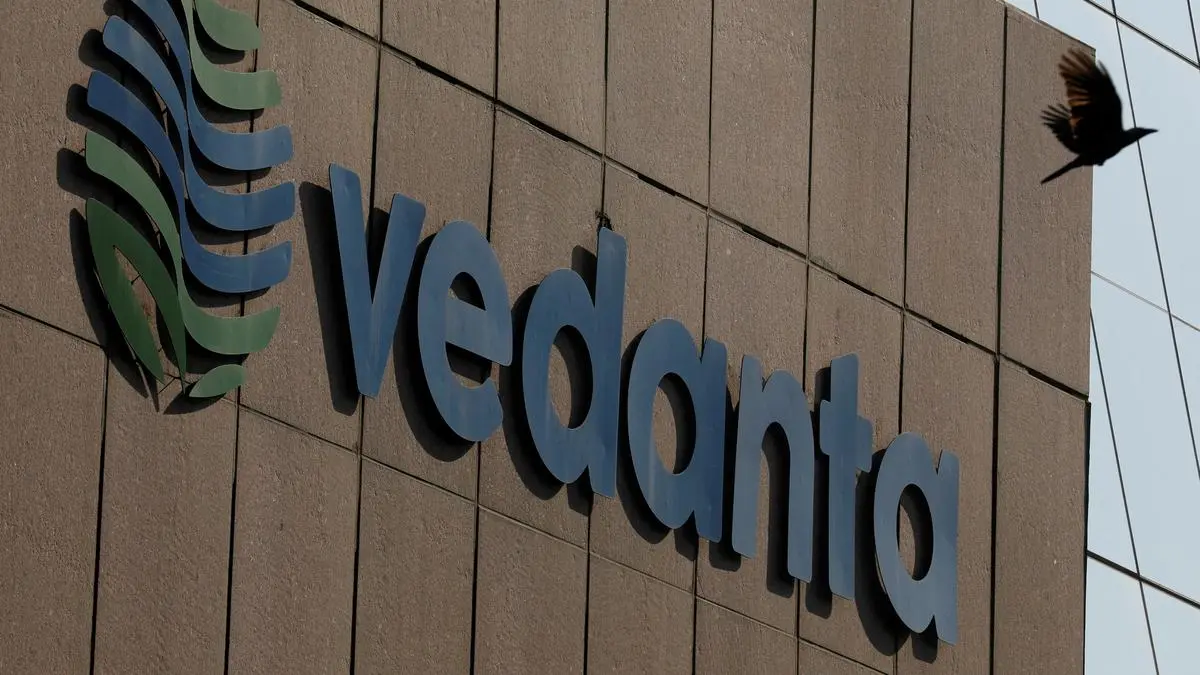
Follow WOWNEWS 24x7 on:
Updated: June 18, 2025 09:07

India's startup universe has been dominated by unicorns—companies worth more than $1 billion—making the news with record-sized fundraises and fat exits. But a new generation is changing the landscape quietly: capital-light startups that scale up gradually, establish stable revenue, and exit at right valuations. The new category is being called the "missing middle" and is emerging as the game-changer for entrepreneurs and investors.
What is the Missing Middle?
These startups then expand to ₹100–₹200 crore in size, focusing on strong unit economics rather than competitive fundraising.
They remain lean in organization, prioritizing profitability over rapid scaling.
Their exits, typically in the ₹300–₹500 crore range, deliver strong returns to early investors without unicorn valuation risk.
Why This Segment Matters
Compared with unicorns, which rely on large funding rounds, missing-middle startups fund themselves independent of large funding rounds.
Investors, particularly micro-VCs, find such companies less risky because they consider fundamentals and not mania in valuation.
Successful exits here unlock capital, propelling the next-generation entrepreneur.
Recent Success Stories
Minimumist, a skin care firm, was acquired by Hindustan Unilever for ₹2,950 crore, cementing the success of capital-light scaling.
Yogabar, acquired by ITC, demonstrated that niche brands can build loyal fan bases and exit best.
B2B SaaS platform ZingHR was acquired by Tata Capital for ₹500 crore, validating the strength of astutely managed startups.
The Future of India's Startup Ecosystem
As it gets more challenging to raise funds, more startups will adopt the missing-middle model.
Investors are moving away from unicorn searching and embracing sustainable growth, seeking startups with specified exit options.
The missing middle is not an Achilles' heel of India's startup ecosystem—it is a powerful engine driving long-term success.
Sources: Moneycontrol, YourStory, The Hindu BusinessLine.


